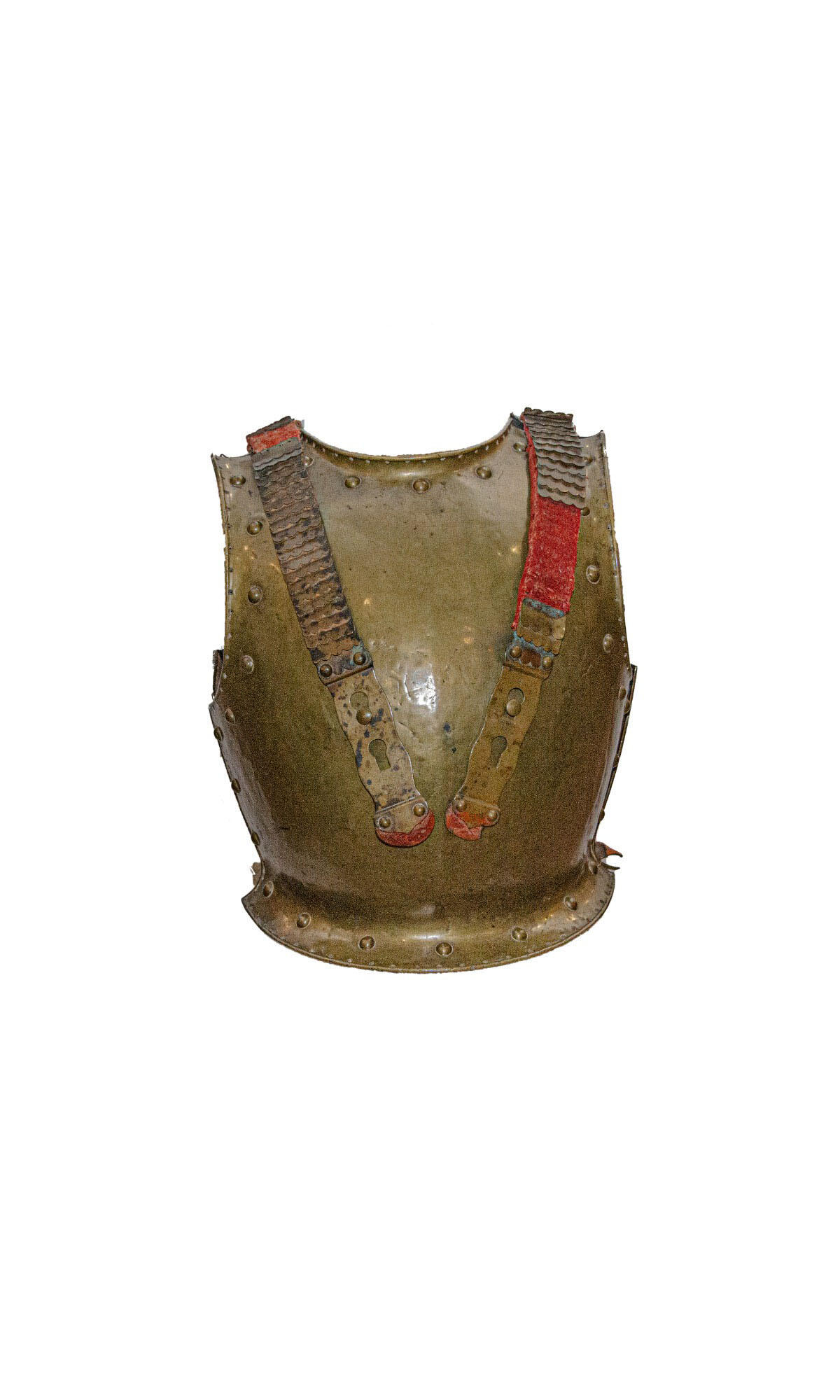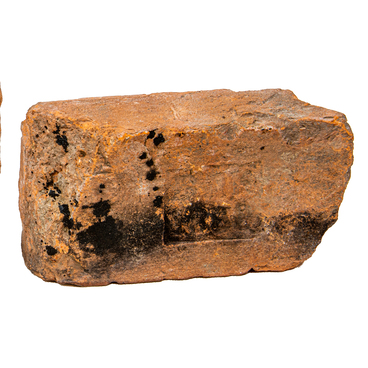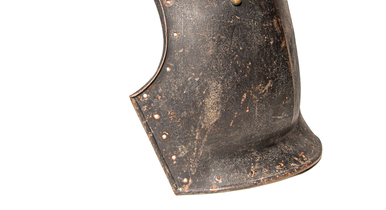The new kind of heavy cavalry -cuirassiers appeared in many European countries in the 16th century. The Russian translation of the name from French is ‘laty’, that’s why such cavalrymen were also called “latniki”.
Unlike the knights, the cuirassiers were dressed in cheaper incomplete armor, which covered the body of the cavalryman from head to knees. They also hadn’t got knight’s greaves — part of the equipment that protected the shins. Therefore, heavy cavalry was cheaper to maintain.
By the nineteenth century only the helmet and cuirass — metal armor worn on the back and chest for protection against knives and firearms — remained of the cuirassier armor. Cuirass, model 1846 were used during the Crimean War of 1853-1856. During these years the 119th Kolomensky Regiment defended Sevastopol.
Information about the protective properties of the cuirass of the beginning of the 19th century is preserved in the historical document of 1825 “Detailed instruction on the manufacture, use and preservation of firearms and white soldiers' arms with 6 drawings”. The cuirass of that time protected the cavalryman from the sabers, bayonets and light pikes blows. A heavy broadsword is a cold weapon with a wide, straight and long blade at the end. It was not included in the list; it could cut through armor.
The armor protected the soldiers against rifle and pistol bullets only partly — it depended on the range of the shot and the thickness of a particular cuirass. An ordinary iron cuirass from the Patriotic War of 1812 could be pierced from a gun at any distance less than 75 fathoms (160 meters), and from a pistol at a distance less than 18 fathoms (about 40 meters). The steel armor made of forged German steel was stronger. A rifle shot only from 115 meters was dangerous for it. When the shot is made from a distance of 18 fathoms, the armor was pierced only by half of the bullets.
The thickest heavy cuirass consisted of a breastplate, forged from iron and steel. It was impossible to break through it even from nine fathoms. But a powerful rifle bullet could leave a noticeable dent on the cuirass.
The protective properties of armor directly depended on its quality. Cheaper mass-produced cuirasses protected the warrior only from pistol or random rifle bullets at the very end of their trajectory.
With the invention and gradual development of rifled firearms, cuirasses ceased to be reliable protection. There was no need for heavy cavalry, which inferior in speed and maneuverability to lighter troops. Despite this, cuirassiers were still listed in the armies of a number of European countries by the beginning of the First World War.
Unlike the knights, the cuirassiers were dressed in cheaper incomplete armor, which covered the body of the cavalryman from head to knees. They also hadn’t got knight’s greaves — part of the equipment that protected the shins. Therefore, heavy cavalry was cheaper to maintain.
By the nineteenth century only the helmet and cuirass — metal armor worn on the back and chest for protection against knives and firearms — remained of the cuirassier armor. Cuirass, model 1846 were used during the Crimean War of 1853-1856. During these years the 119th Kolomensky Regiment defended Sevastopol.
Information about the protective properties of the cuirass of the beginning of the 19th century is preserved in the historical document of 1825 “Detailed instruction on the manufacture, use and preservation of firearms and white soldiers' arms with 6 drawings”. The cuirass of that time protected the cavalryman from the sabers, bayonets and light pikes blows. A heavy broadsword is a cold weapon with a wide, straight and long blade at the end. It was not included in the list; it could cut through armor.
The armor protected the soldiers against rifle and pistol bullets only partly — it depended on the range of the shot and the thickness of a particular cuirass. An ordinary iron cuirass from the Patriotic War of 1812 could be pierced from a gun at any distance less than 75 fathoms (160 meters), and from a pistol at a distance less than 18 fathoms (about 40 meters). The steel armor made of forged German steel was stronger. A rifle shot only from 115 meters was dangerous for it. When the shot is made from a distance of 18 fathoms, the armor was pierced only by half of the bullets.
The thickest heavy cuirass consisted of a breastplate, forged from iron and steel. It was impossible to break through it even from nine fathoms. But a powerful rifle bullet could leave a noticeable dent on the cuirass.
The protective properties of armor directly depended on its quality. Cheaper mass-produced cuirasses protected the warrior only from pistol or random rifle bullets at the very end of their trajectory.
With the invention and gradual development of rifled firearms, cuirasses ceased to be reliable protection. There was no need for heavy cavalry, which inferior in speed and maneuverability to lighter troops. Despite this, cuirassiers were still listed in the armies of a number of European countries by the beginning of the First World War.



